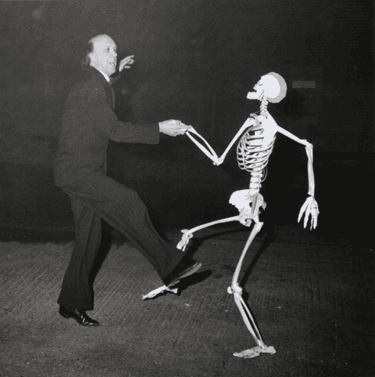2 good things about my experience at the James Jordan workshop yesterday.
1. Due to my new status as an official staff person (and a bit of prompting to the secretary at the dance dept) I was able to log on to the Hope college wifi network legally and have internet for the lecture
2. James Jordan’s approach, though innovative, is directly connected to teachers I have admired and tried to learn from in the past: Helen Kemp and Frauke Haasemann, to name a couple. Also referred to Inner Game of Tennis by Gallway, a book that has had a huge impact on my life.
Insights that came to me as Jordan talked
1. Even if I can’t afford Alexander Technique lessons, I could afford yoga. Jordan’s use of yoga to help his conducting students reminded me of my own superficial romance with yoga when I began my serious piano study (age 20?).
2. Jordan’s discussion of breathing and body alignment completely rhymed with the ballet instructors I have been working with.
3. Body mapping is significant.

At the end of the session, he showed us a portion of the video he is releasing with his new updated conducting text (I own and use the old one). He said one of the reasons conductors have poor arm movement is they visualize or map their arms incorrectly.
He explained to us that the arm as four bones:

The three one usually visualizes: the radius, the ulna and the humerus.
The fourth bone that moves when the arm moves is the clavicle.
He then said that his students say they believe and understand even before they do. (intimating that we were in agreement but hadn’t changed our body mapping).
Then he showed us a pizar animation of himself conducting as a skeleton. The results were startling. The clavicle is as much in play as any bone and moves freely.

He said by showing his conducting students and us this video it would change how we moved almost instantly.
4. Interesting continued reinforcement of my own growing conviction it is the meaning of music, the emotion, where one needs to spend most of one’s time as a performer. Jordan discussed lovely ideas of attending to the details of inspiration (breathing) and leaving conscious expression aside or in the hands of the composer. This means that “expression is not contrived but inspired.”

This quote comes from a colleague of his who teaches acting and whom he uses in his own teaching, Nova Thomas.
Inhalation = inspiration
Exhalation=expression
We can attend to the preparation, the inhalation. That is where we put our intention. When execute or exhale in the case of breathing, the expression takes care of itself.
Interesting stuff.
Finally here are few quotes I jotted down:
Everything you do has to be done from a caring loving mind set. On your best days that’s what you do.
Teaching is about being real in front of people. get them to take off the mask. If you’re not present you can’t teach
You give of yourself to another when you breath….When you embrace someone you love the breath goes out of your body. (SJ note. i.e. you automatically exhale with this gesture, which is telling)“Redemption is only a breath away” Nova Thomas
put the meaning in the breath…. breathe into your idea
You must work out of your own silence, not knowing but trusting.
if you want to breath you have to be quiet
you can’t have stuff going on in your head(SJ note: Interestingly Jordan said that journaling and meditating help this process. I have been journaling and meditating for a good number of years but had not thought that this helps me find my quiet center when I am able lose my self consciousness in performance, something I am not alway able to do, of course)

